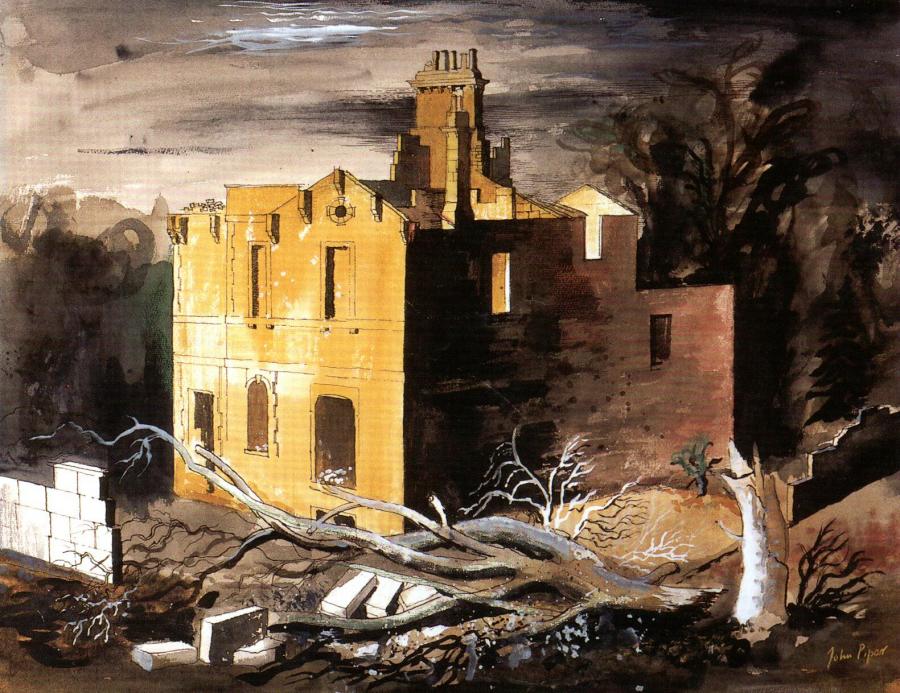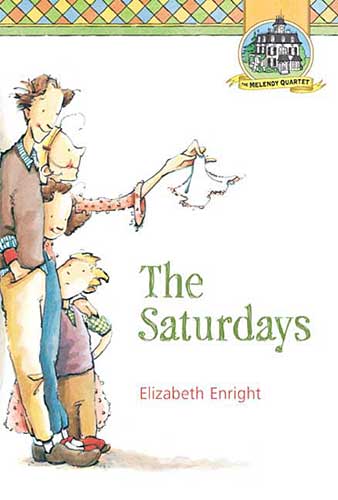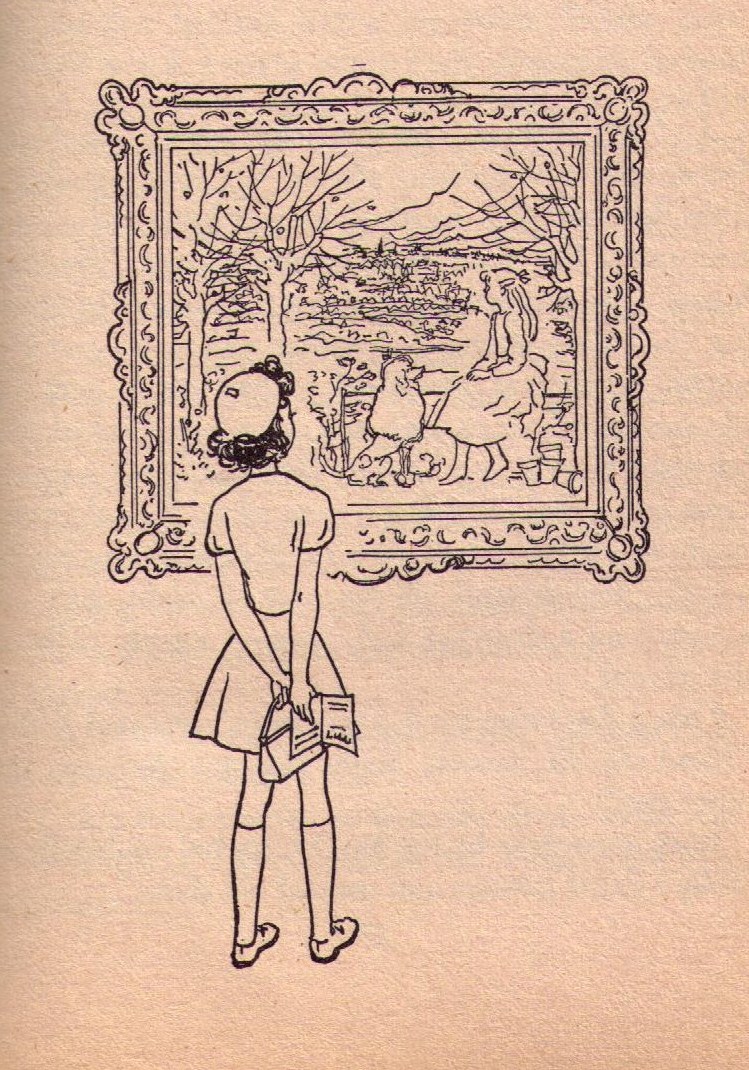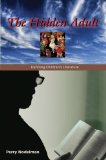
This week in the Middle Grade Gallery, a painting that functions as a birth token, a small object kept as an identifying record of an abandoned or orphaned infant. During the evacuation of children from Edinbugh in the early days of WWII, shy, wealthy Marjorie, on her way to relatives in Canada, trades places with the orphaned Shona and is evacuated to the Scottish countryside (from the LoC summary). Marjorie discovers the painting in Shona's suitcase:
Taking up the whole bottom of the case was a painting in a wooden frame. Marjorie was puzzled that Shona, who had so few possessions, would bring a painting along with her. She lifted it out of the suitcase and carried it over directly under the light so she could see it better. It showed a Victorian house, rather ornate and turreted, standing in the middle of an overgrown garden. The windows were blank and empty and, in the forground, iron gates hung open, bent and rusted. The big stone gateposts leaned at drunken angles and a decorative stone ball had fallen from the top of one. It lay among the weeds, chipped and shadowed so that it looked like a skull.
[Me again.] The description is from a childhood favorite (note the British orphans, practically a prerequisite). After years of searching, I recently located a secondhand copy and upon rereading, was as surprised by the painting as Marjorie was; I had forgotten all about it until she opened the suitcase. The image accompanying this post, a painting of a ruined Victorian house, Lansdown, Bath 1942, is by British war artist John Piper, who had been commissioned to record bomb damage in and around London at that time.
Does any of this sound familiar--plot, painting, Piper? Even if you don't recognize this middle grade novel, please leave a comment if you can recommend any others having to do with the evacuation. I'll reveal, review, and round up the recommendations next week. Thanks!
[Revealed here.]




